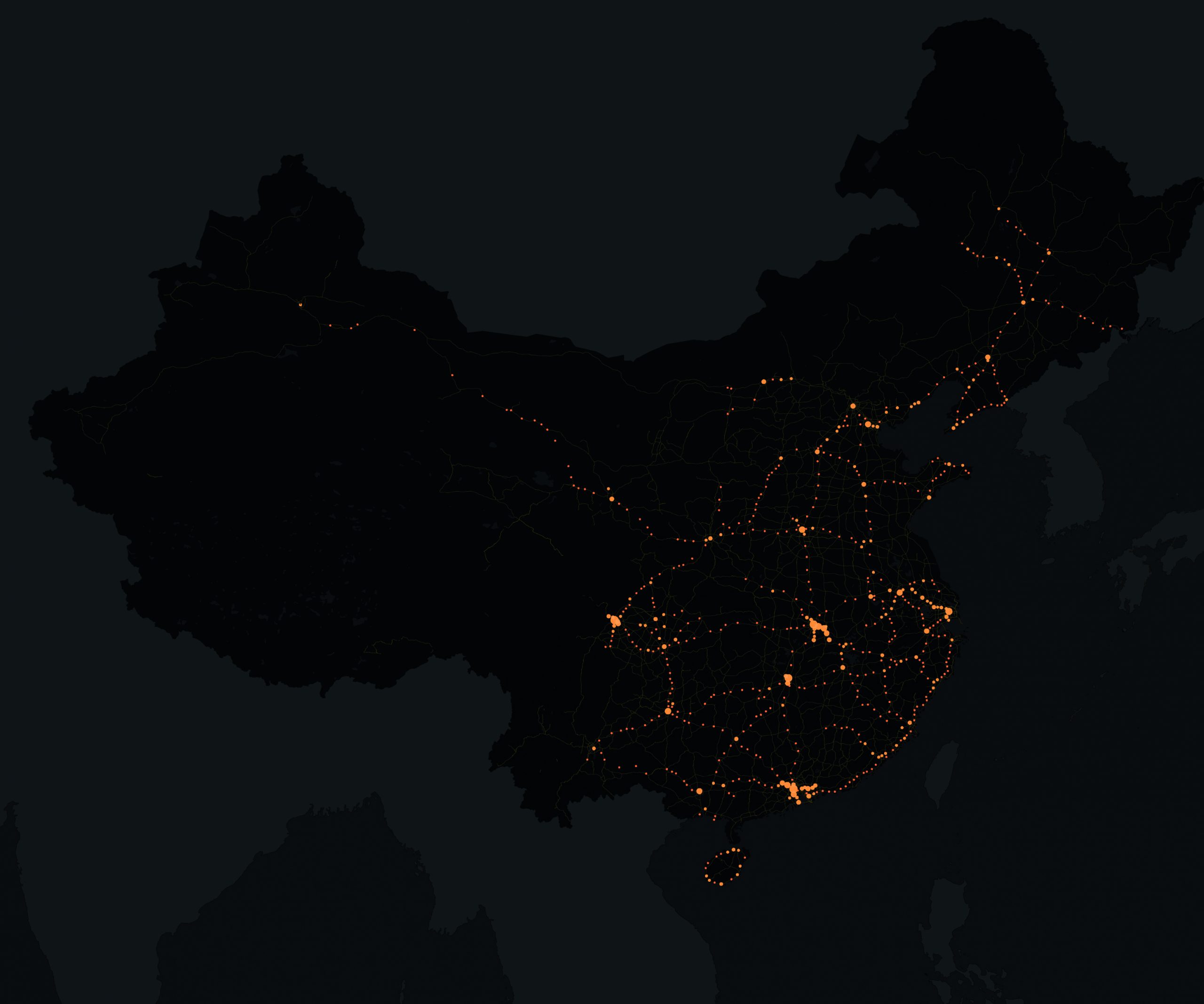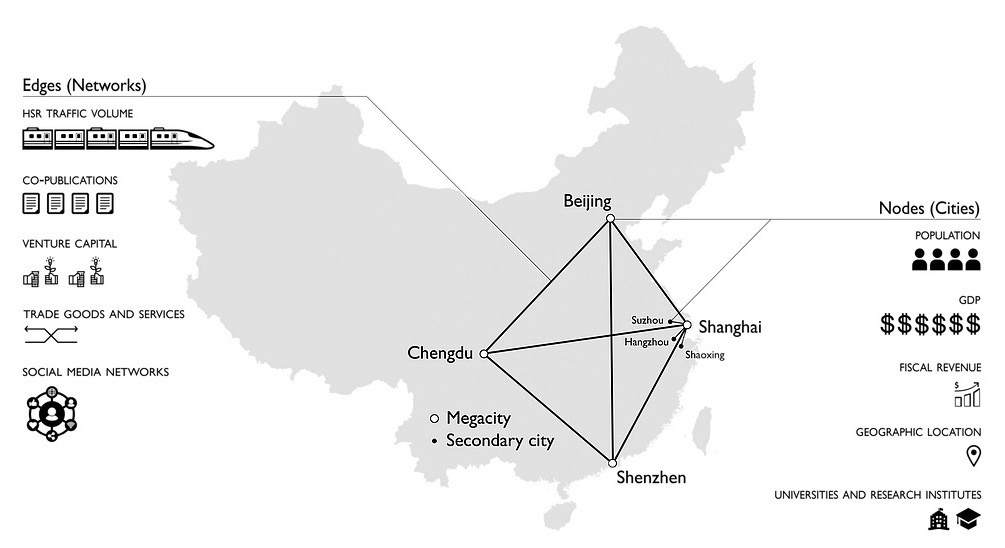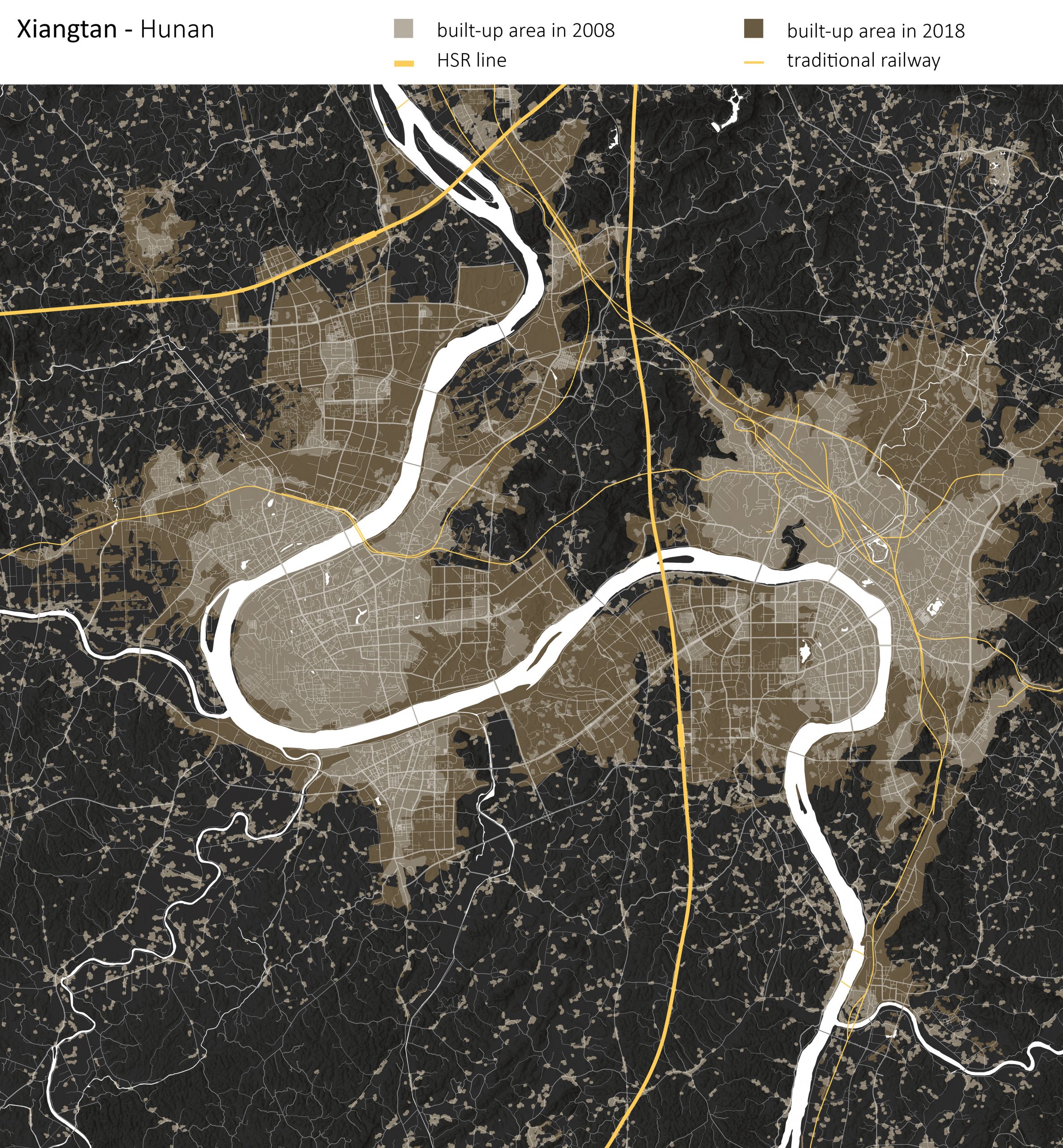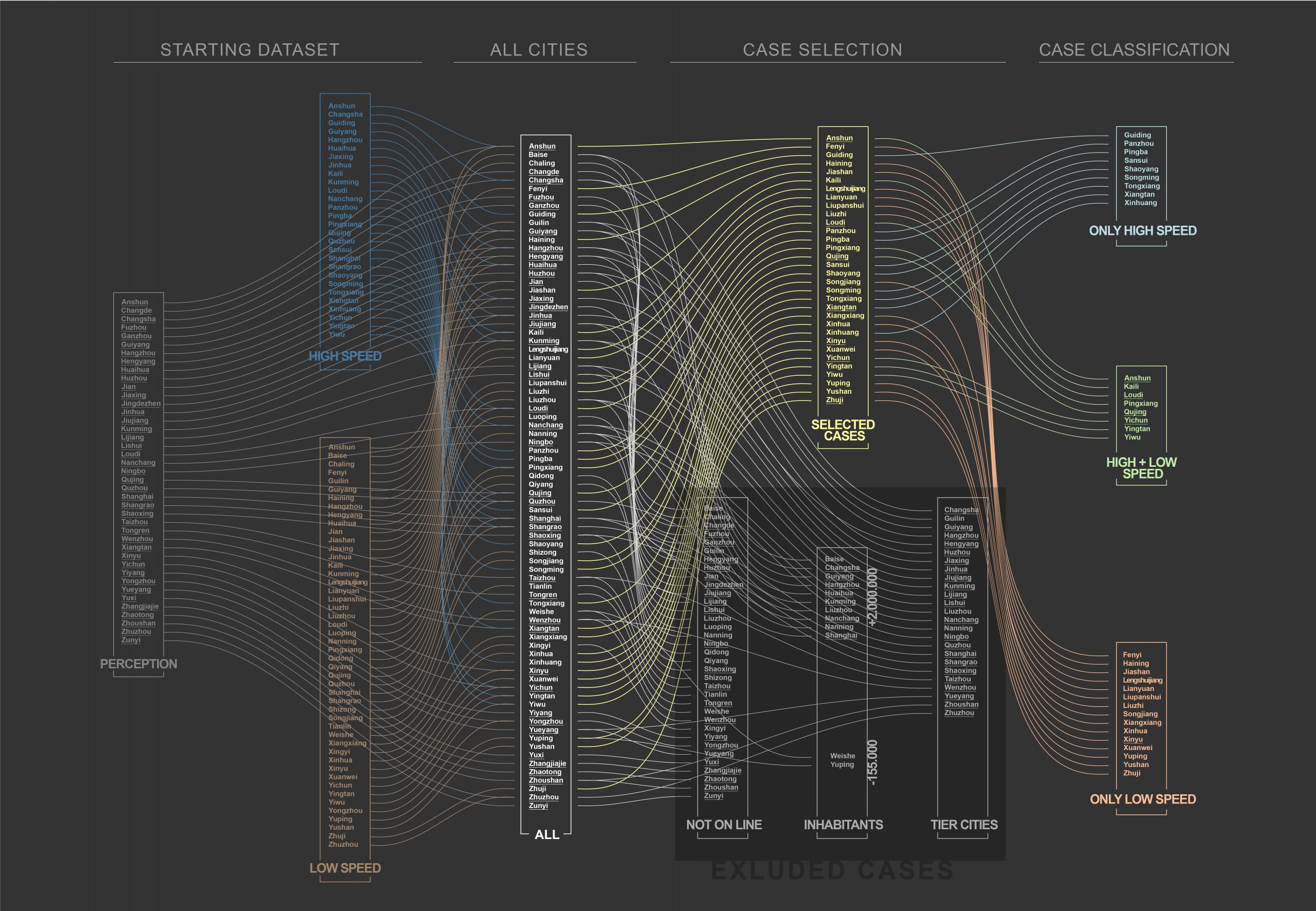RESEARCH
High Speed China: Chinese Urbanization and the Role of High-speed Railway
2019 – 2020
The research project High Speed China is part of the MITOR framework, a research program funded and promoted by Politecnico di Torino with Massachusetts Institute of Technology.
The project was built and developed by the Polito group of China Room, MIT China Future City Lab and MIT Senseable City Lab, focusing on the development of China’s high-speed rail network related to economic and spatial development.

CREDITS:
Leading University: Politecnico di Torino (DAD + DIST + China Room research group)
Partner Institutions: MIT Sustainable Urbanization Lab, and MIT Senseable City Lab
Research Grant: Seed Funding Program MITOR 2018
Principal Investigators: Michele Bonino and Carlo Ratti
Research Team: Francesco Carota, Valeria Federighi, Matteo Migliaccio, Siqi Zheng


Carried on by the China Room – Politecnico di Torino, MIT Sustainable Urbanization Lab and MIT Senseable City Lab, the research was financed by the Seed Funding Program MITOR 2018 and developed through several exchange periods between researchers of the two universities in Boston and Torino, from January 2019 until December 2020.
The new Chinese high-speed railway line represents one of the largest and most ambitious infrastructural plans of the last two decades. Launched by the Chinese Government in 2007, it has had the objective of reconnecting territories that had been excluded from intensive processes of rapid urbanisation. After little more than ten years, the infrastructural plan comprehends over 29.000 km of high-speed network which constitute the 64% of the total high-speed railways worldwide. The “High Speed China” study aimed at investigating what the impact of high-speed rail in China’s recent urbanisation is, and attempted to answer questions like: what effects do HSR networks have on urban form? What effects do they have on the factors determining urban vibrancy?
The diversified competencies of the three research centers allowed to undertake a multidisciplinary approach, based on both qualitative and quantitative analysis of spatial and macroeconomic data. More precisely, the phenomenon was questioned in terms of economic consequences through quantitative parameters related to urban vibrancy, and from a spatial perspective through the construction of diachronic maps that address the role of new HSR station in re-articulating urban morphologies of small towns and villages across the HSR line. Combining economic aspects and spatial transformations on the ground, the project looked at the process of socio-spatial restructuring of small cities and towns in the central areas of China as an effect of rapid and strong infrastructural development.
At the territorial scale, the first results of the research show how in the past ten years the urban centers connected to the high-speed network have enjoyed an increase of economic vitality and urban expansion, much higher than those excluded from the trafficking. Furthermore, these centers have undergone a total restructuring of their economic and social fabric, passing from a strong rural and industrial vocation to places for new forms of tourism and urban consumption. At the urban scale, however, it is possible to observe how the new high-speed station is an element capable of polarizing the direction of urban growth of the old city centers, just as the railway line delimits a clear boundary with respect to the land left for agricultural use. One of the main features of the new Chinese high-speed infrastructure lays, indeed, on the positioning of the stations with respect to existing city centers. The stations — often places with a very marked architectural character and surrounded by spaces with an almost metaphysical aura — are newly constructed buildings, located several kilometers away from consolidated urban centers. Thus, they become the engine to initiate new processes of urban expansion of existing centers, or, in most cases, they are transformed into the center of gravity of new cities or areas of urban development, whose architectural features symbolically reflect the achievement of some forms of well-being and modernity. In conclusion, the high-speed infrastructure in contemporary China can be thought of not only as a sign on the territory, and its stations as physical spaces or material objects, but as a virtual network, result of a political will that intends to fill the economic and social imbalances between the large metropolises of the coast and the inland areas of the country.





